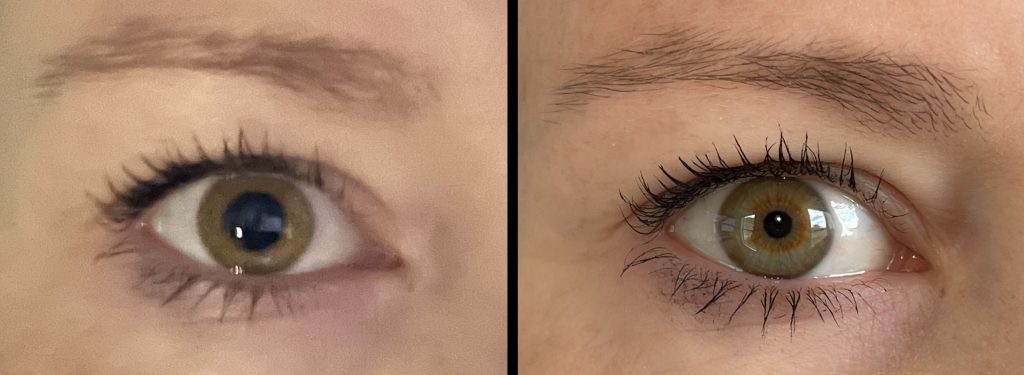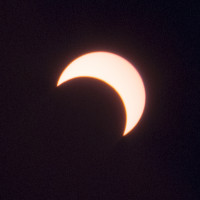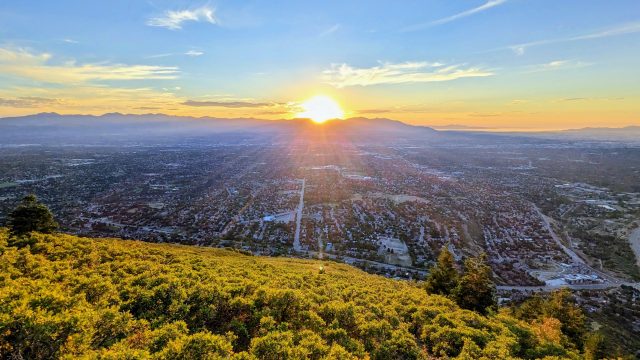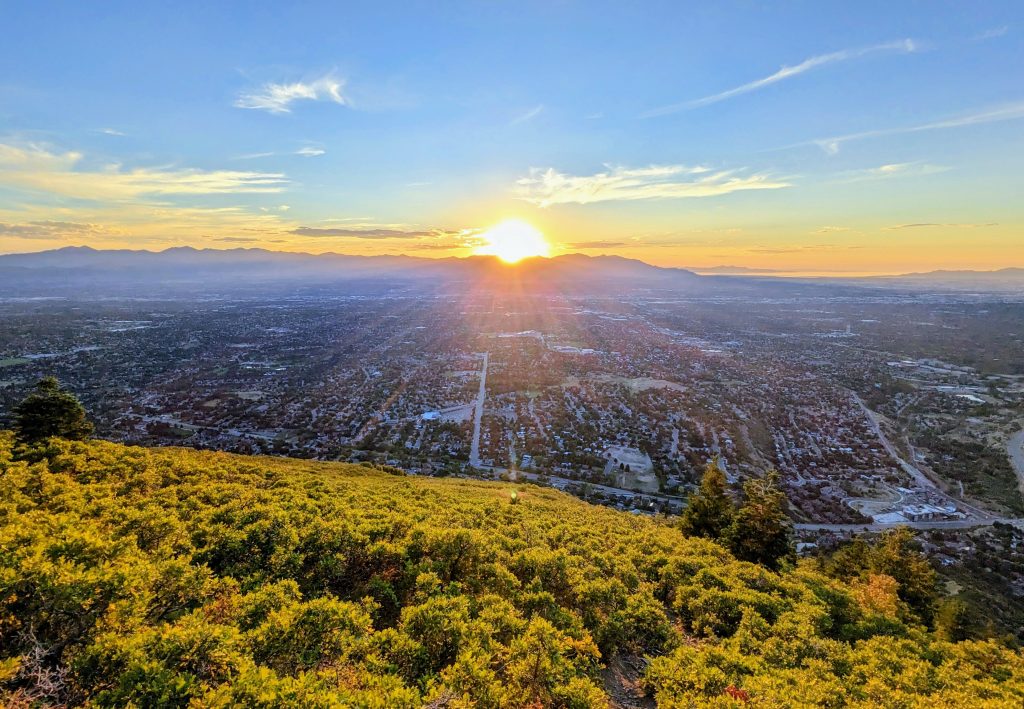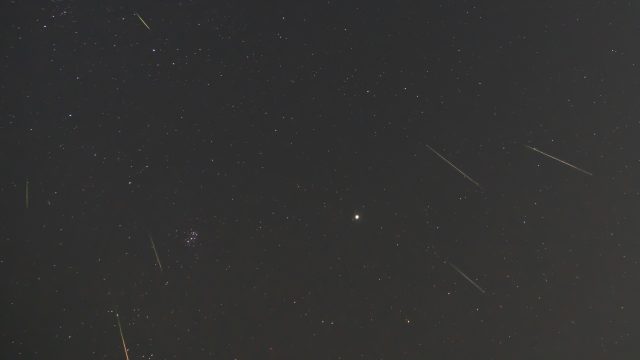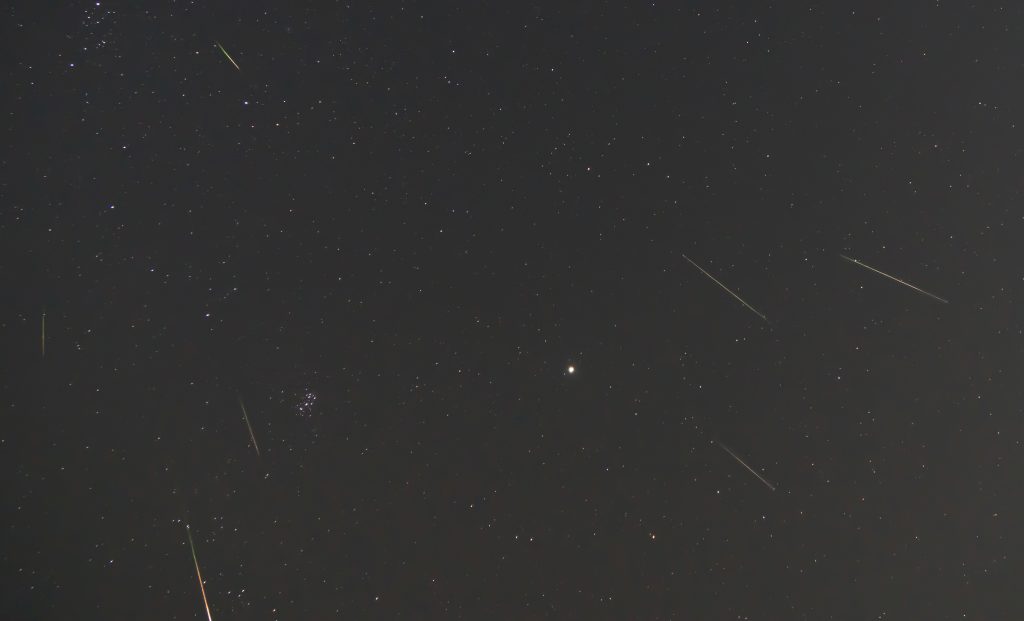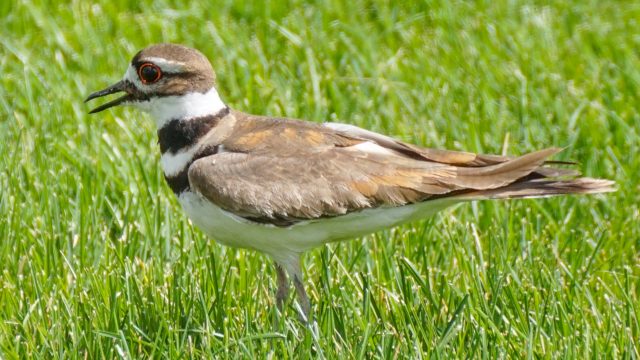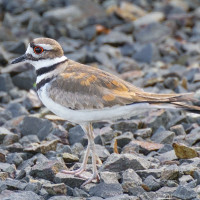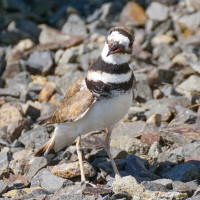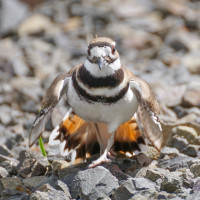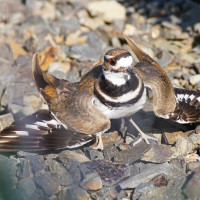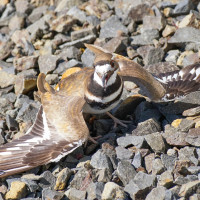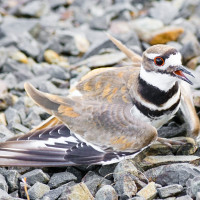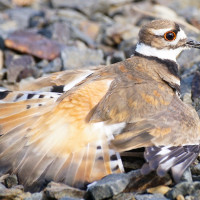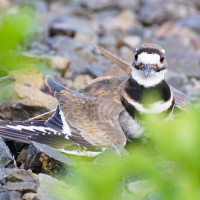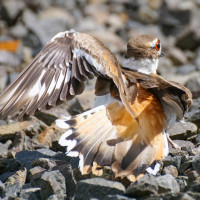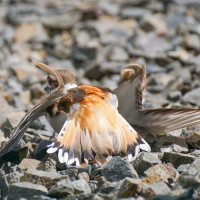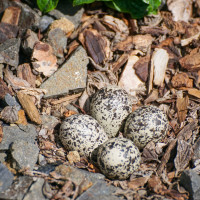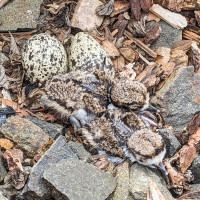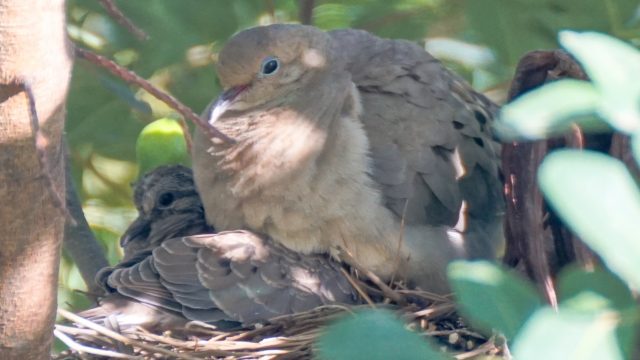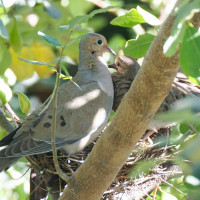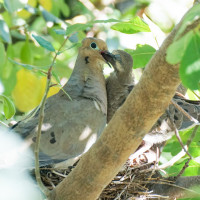I just burned more than a day migrating my primary work computer from a machine running Windows 10 to a newer one running Windows 11. Not because I wanted to. Not because Win11 offers me anything I actually want (so far I hate every UI change from Win10). But because Microsoft has decided to end support for Win10 while preventing Win11 from running on older CPUs. And like everyone else whose work requires a secure operating system I’m being shoved along whether I like it or not.
This isn’t a trivial inconvenience. Over the last decade I’ve accumulated a small arsenal of development tools, libraries, and utilities — each with its own quirks, dependencies, and fragile installation paths. Migrating them is not a matter of clicking “Next” on a wizard. It’s a slog of registry tweaks, PATH surgery, license re‑entries, and the occasional ritual sacrifice to the gods of backward compatibility.
And just when I thought I had wrestled Windows 11 into grudging submission, Adobe decided to remind me that they can be even worse.
Adobe’s Perpetual License That Isn’t
I own a perpetual license for Lightroom 6. “Perpetual” is supposed to mean I can use it forever. The software runs fine on Windows 11 … except that Adobe has disabled it.
Adobe included one of the tedious “activation” processes in the Lightroom installation process that depends on their servers telling the software that my license is legitimate. And they have quietly shut down their activation servers, so now when I launch Lightroom 6 in Win11 I have discovered an endless loop of signing in, accepting the license agreement, and then having the software crash. To add insult to injury: Adobe makes no note on their website’s activation page that this process has been disabled for Lightroom 6. I only learned that it would not work after trying repeatedly and then asking Copilot what was happening.
This isn’t a bug. It’s a business model. Adobe has effectively disabled software that would otherwise continue to work. They’ve taken something I paid for outright and retroactively converted it into a hostage situation: either I cough up for their recurring subscription, or I lose access to the tools I already bought and the work I invested in using them to catalog and post-process more than 60,000 photos.
That’s not “end of support.” That’s a protection racket.
Why This Matters
This isn’t just about photography software. It’s about the erosion of implied contracts. We’re told we’re buying licenses, but too late discovering that those licenses can be revoked, crippled, or held hostage at the whim of the vendor. The “perpetual” in perpetual license turns out to mean “until we decide otherwise.”
For engineers, photographers, musicians — anyone who performs their work in specific software — this can be catastrophic.
Imagine you buy a plot of land from a real estate developer and build a house on it. Then one day you come home to find a gaping hole where your house used to sit. Eventually you find the developer and get the following explanation:
Sorry for the confusion: You bought the land, not the location. We moved your house and the land (i.e., the dirt) under its foundation to a new location.
Oh, and that new location is only available for rent. The monthly price? Well, if you have to ask, you’re not going to like it….










